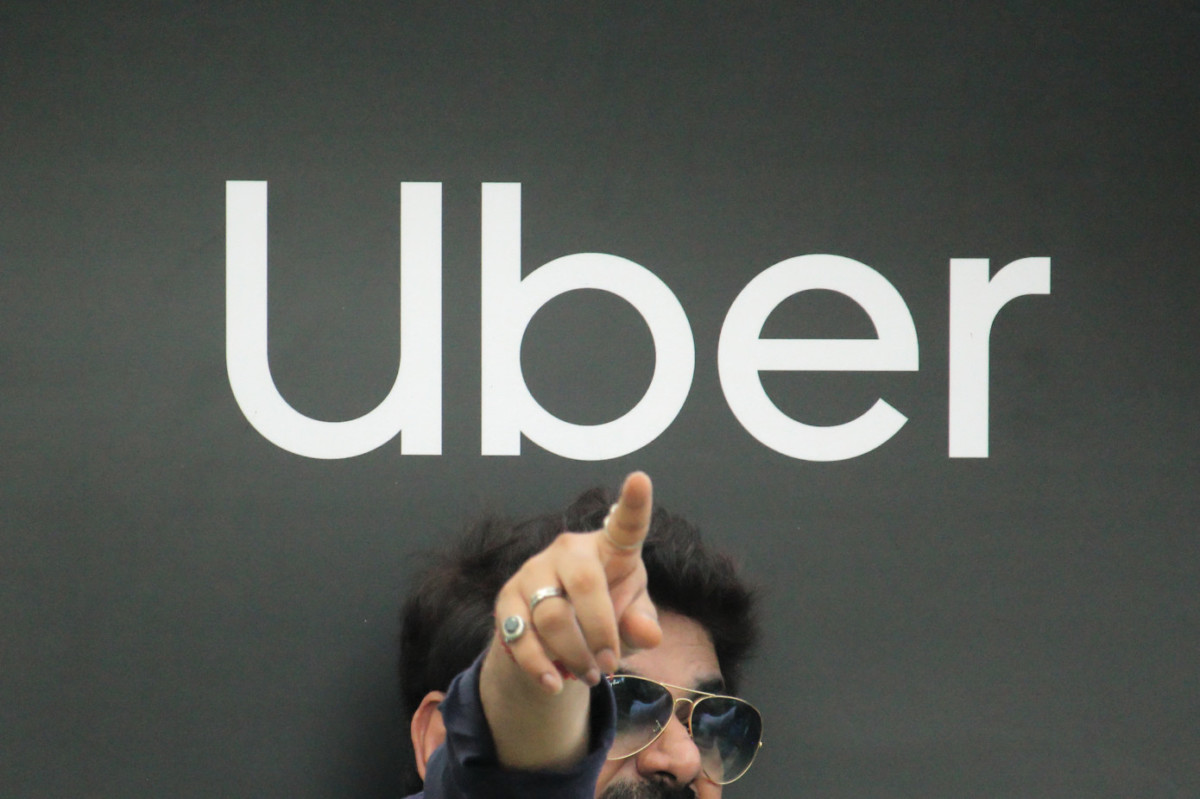
Ahead of its earnings report today, shares of Uber rose around 11%, buoyed by a set of financial results and promises about the future from Lyft that were rated highly by investors. That optimism lapped over the edges onto Uber.
Today after the bell, however, the global ride-hailing giant reported its own financial results. Analysts had anticipated a loss of $0.83 per share against $3.54 billion in revenue, though top line estimates varied from $2.31 billion to $4.33 billion — an unusually large range driven by COVID-19-led uncertainty.
Uber reported a Q1 per-share loss of $1.70 and revenues of $3.54 billion, making for a mixed set of results when compared to expectations. The company lost a staggering $2.94 billion in the quarter counting all costs, a figure that even for Uber feels excessively large.
Here are the key numbers from Uber’s earnings report, starting with platform spend and working our way down to profitability and how much cash the firm was left with at the end of Q1 2020:
Got all of that? The headline from Uber’s quarter is that its ride-hailing business shrank and Uber Eats, its food delivery service, grew like hell. Here are the numbers for the latter:
This is mostly bullish. Huge bookings gains are good, big GAAP revenue gains are good, the adjusted net revenue gains are very good, and, for Uber, not losing more money as it scales — heavily adjusted losses for Uber Eats were effectively flat on a year-over-year basis — is good.
The company will need to lose less money over all, however, as its business is struggling more in Q2 than it did in Q1. We’ll know more during its impending earnings call.
Uber about 14% of its staff this week, and led an investment in Lime, a scooter company into which it intends to offload its own micromobility efforts.
Shares of Uber are off about 2% in after-hours trading. More shortly from its call.